Cast iron pans are kitchen workhorses, known for their durability and heat retention. But despite their versatility, these beloved cooking vessels aren’t suitable for everything. Some foods can damage your carefully seasoned pan, while others might pick up metallic flavors or simply won’t cook properly. Understanding what to avoid will help maintain your cast iron’s longevity and ensure your meals turn out perfectly every time.
1. Tomato Sauce Spells Trouble
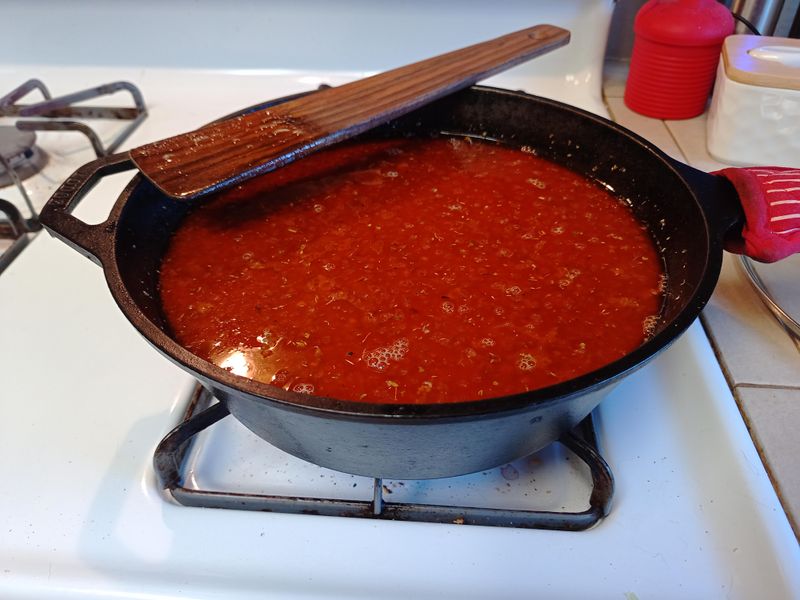
The high acidity in tomato sauce can strip away your pan’s seasoning faster than you can say “spaghetti dinner.” When acidic foods meet cast iron, they create a chemical reaction that breaks down the polymerized oils that form your pan’s non-stick surface.
This reaction not only damages your pan but can also leave your sauce with an unpleasant metallic taste. The longer the cooking time, the worse the effect becomes.
For tomato-based recipes that require simmering, reach for enameled cast iron or stainless steel instead. Your sauce will taste better, and your pan’s seasoning will live to see another day.
2. Delicate Fish Falls Apart
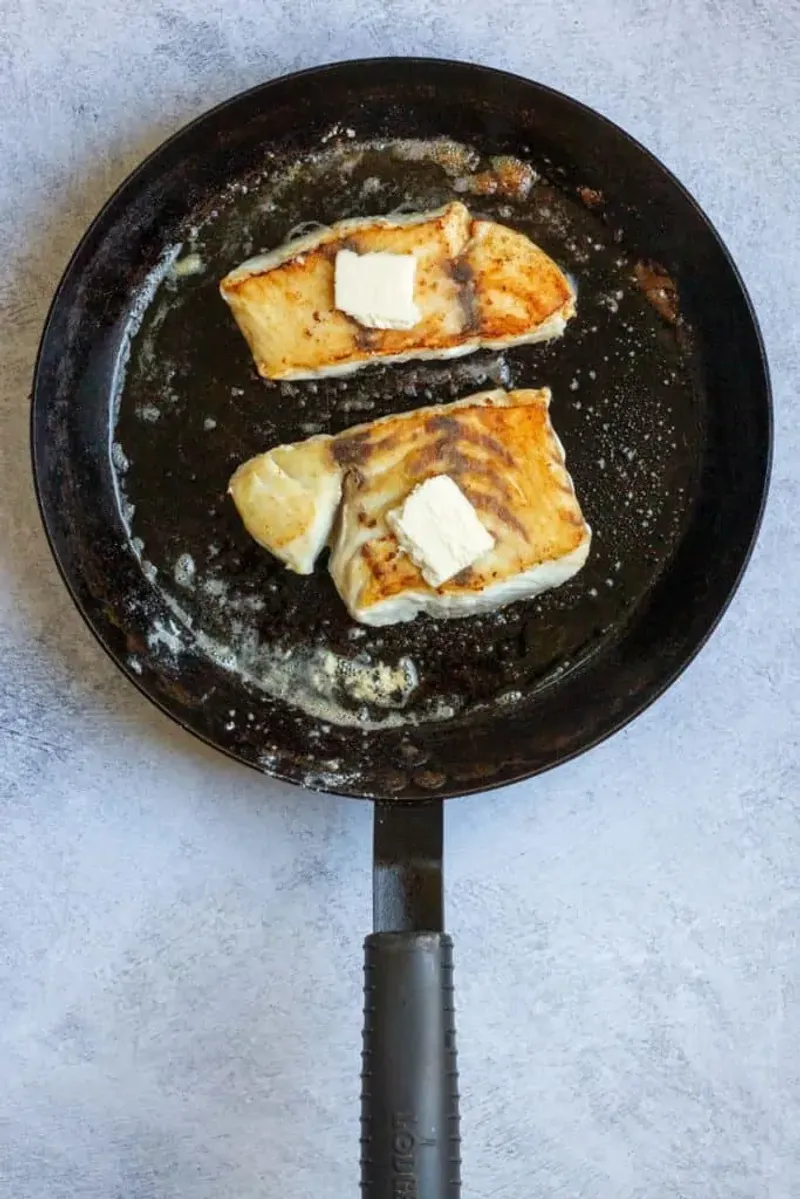
Thin, flaky fish like tilapia and flounder have a frustrating tendency to stick to cast iron, even when your pan is well-seasoned. Their delicate structure simply can’t withstand the intense heat and porous surface.
When you try to flip that beautiful fillet, you’ll likely end up with a broken mess instead of the perfect presentation you were hoping for. The fish’s proteins bond to the microscopic pores in the iron, creating a sticky situation.
Save your sanity and opt for non-stick or carbon steel when cooking delicate fish varieties. You’ll preserve both the appearance of your dish and your cooking confidence.
3. Eggs Require Perfect Seasoning

Nothing tests the quality of your cast iron seasoning quite like eggs. Unless your pan has a glass-smooth, well-established seasoning built up over many cooking sessions, those eggs will stubbornly stick and create a cleanup nightmare.
Fresh eggs are particularly problematic because their proteins form strong bonds with the metal surface. Many cast iron enthusiasts consider eggs the ultimate test of their seasoning prowess.
If your pan is relatively new or recently restored, stick with scrambled eggs (they’re more forgiving) or use a different pan altogether. Once your cast iron has developed that perfect black patina, you can gradually work up to those picture-perfect fried eggs.
4. Sticky Desserts Create Cleanup Nightmares
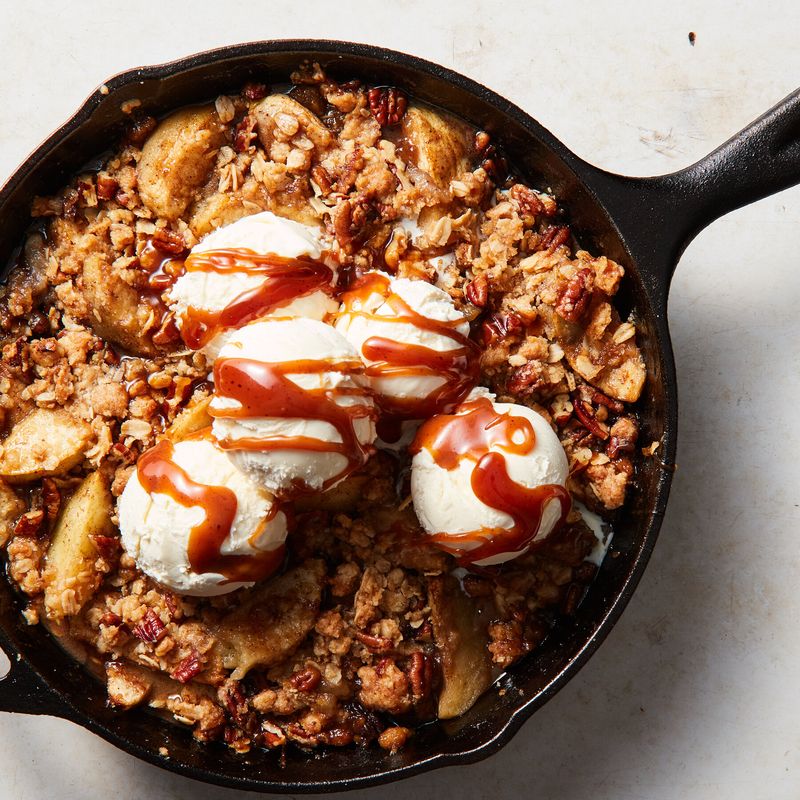
Fruit crisps, cobblers, and caramel-based desserts might seem like cast iron classics, but they can quickly turn into cleaning disasters. Sugar has an extraordinary talent for creating stubborn, burnt-on residue that seems impossible to remove without damaging your seasoning.
The problem gets worse when fruit acids combine with sugar, creating a cement-like substance on your pan’s surface. Even with perfect temperature control, these desserts often require soaking and scrubbing that can compromise your pan’s finish.
For sticky sweet treats, consider using enameled cast iron instead. You’ll get the same heat retention benefits without risking your pan’s seasoning or spending an hour on cleanup.
5. Garlic Burns Easily in Iron’s Heat
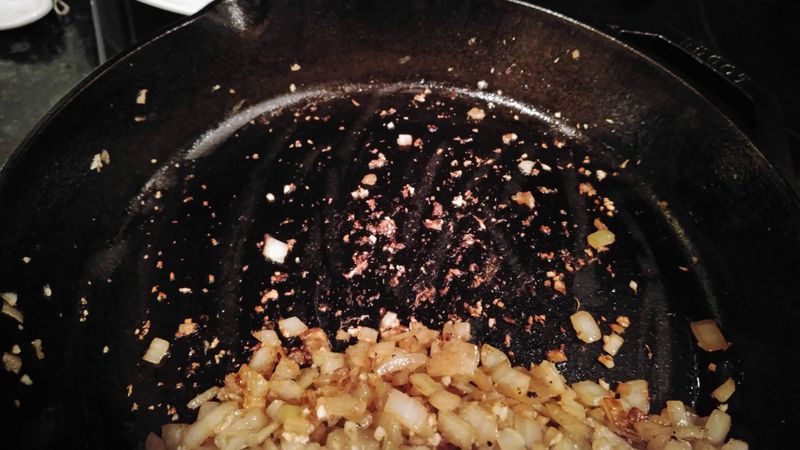
Cast iron’s excellent heat retention becomes a liability when cooking garlic. Those tiny minced pieces burn in seconds before you can adjust the temperature, leaving you with bitter, acrid flavors instead of garlic’s aromatic sweetness.
The problem is especially pronounced when garlic is cooked alone or as the first ingredient. Cast iron doesn’t cool down quickly when you lower the heat, so that burning continues even after you’ve turned down the flame.
For garlic-forward dishes, start with a cold pan or add garlic later in the cooking process after other ingredients have helped moderate the temperature. Better yet, use a more responsive pan material like stainless steel when garlic plays a starring role.
6. Vinegar Reductions Attack Seasoning

Reducing vinegar-based sauces in cast iron creates a double threat to your pan’s seasoning. The high acidity of vinegar combined with extended cooking time gives these ingredients plenty of opportunity to strip away your carefully built-up patina.
As the liquid reduces, the acidity actually concentrates, making the problem worse. You might notice dull patches or even rust spots appearing where the acid has removed the protective seasoning layer.
These reductions also pick up metallic notes from the exposed iron, altering the flavor profile of your carefully crafted sauce. Stick with non-reactive cookware like stainless steel or enameled cast iron when making vinegar reductions to protect both your pan and your palate.
7. Cheesy Dishes Stick Stubbornly
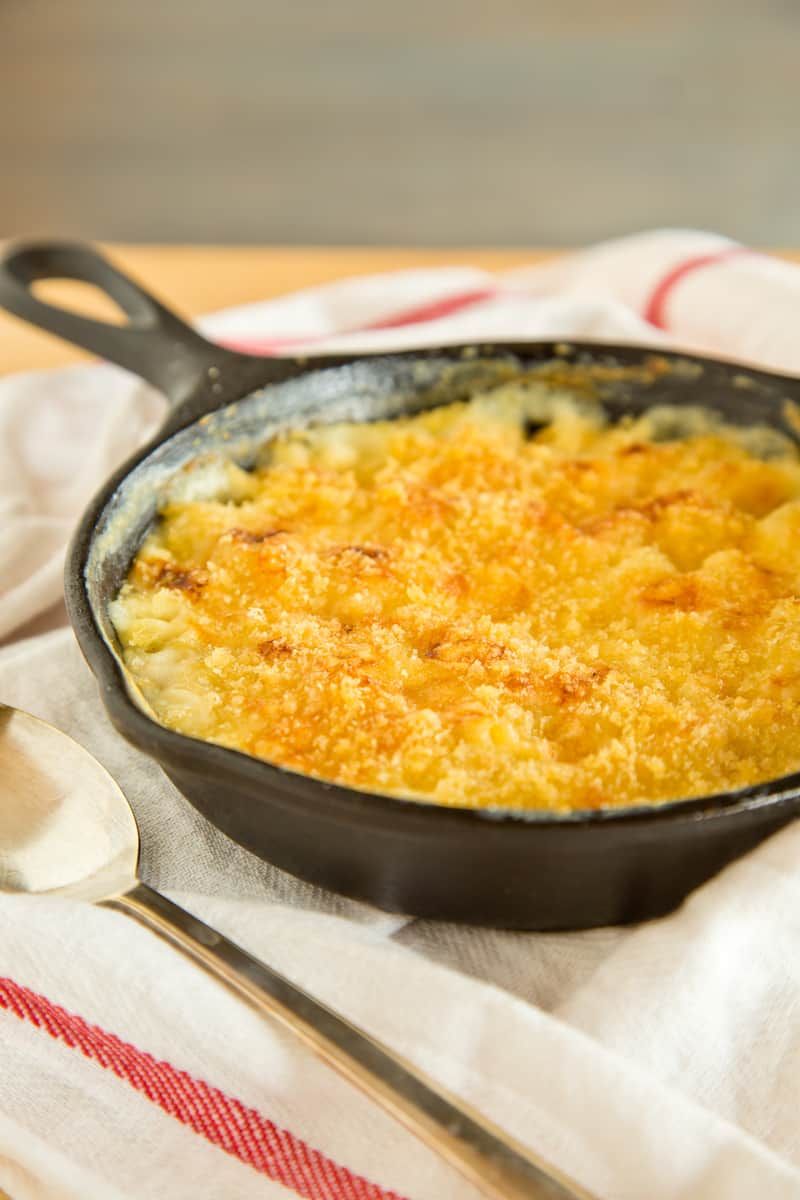
Melted cheese and cast iron might seem like a match made in comfort food heaven, but they’re actually a troublesome pair. When cheese melts, its proteins bond tenaciously with the porous surface of cast iron, creating a sticky situation that’s difficult to clean without damaging your seasoning.
Grilled cheese sandwiches and cheesy casseroles often leave behind a stubborn residue that requires aggressive scrubbing. Even well-seasoned pans struggle with cheese’s clingy nature.
For dishes where cheese is the star—like quesadillas or lasagna—reach for non-stick or enameled cookware instead. You’ll achieve that perfect golden-brown cheese crust without the frustrating cleanup afterward.
8. Wine Sauces Turn Metallic
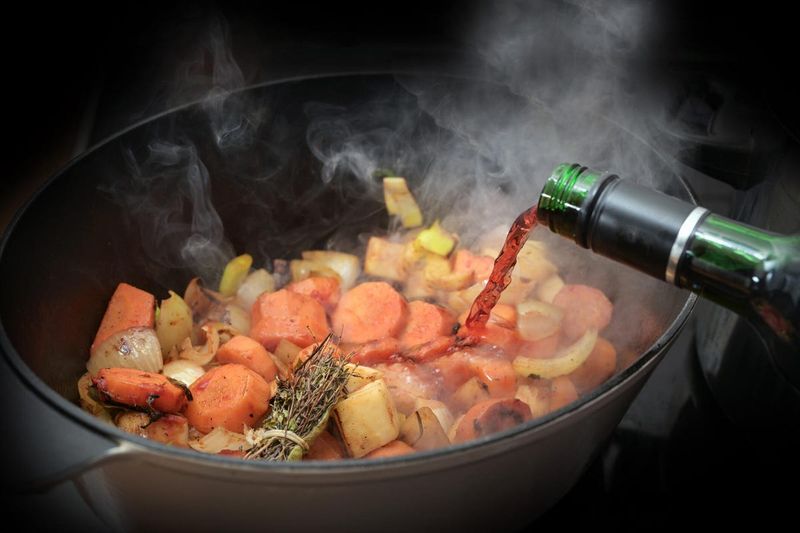
Wine’s acidity and tannins react poorly with cast iron, creating an unpleasant metallic taste that can ruin an otherwise perfect sauce. Red wines are particularly problematic, as their tannins intensify the metallic reaction.
The iron in your pan actually dissolves slightly in the acidic wine, transferring into your food. While small amounts of dietary iron can be beneficial, this metallic taste is definitely not what you’re aiming for in your coq au vin.
Professional chefs know to reach for copper, stainless steel, or enameled cast iron when reducing wine sauces. These non-reactive materials preserve the wine’s complex flavors without introducing unwanted metallic notes to your carefully crafted sauce.
9. Moist Foods Affect New Seasoning
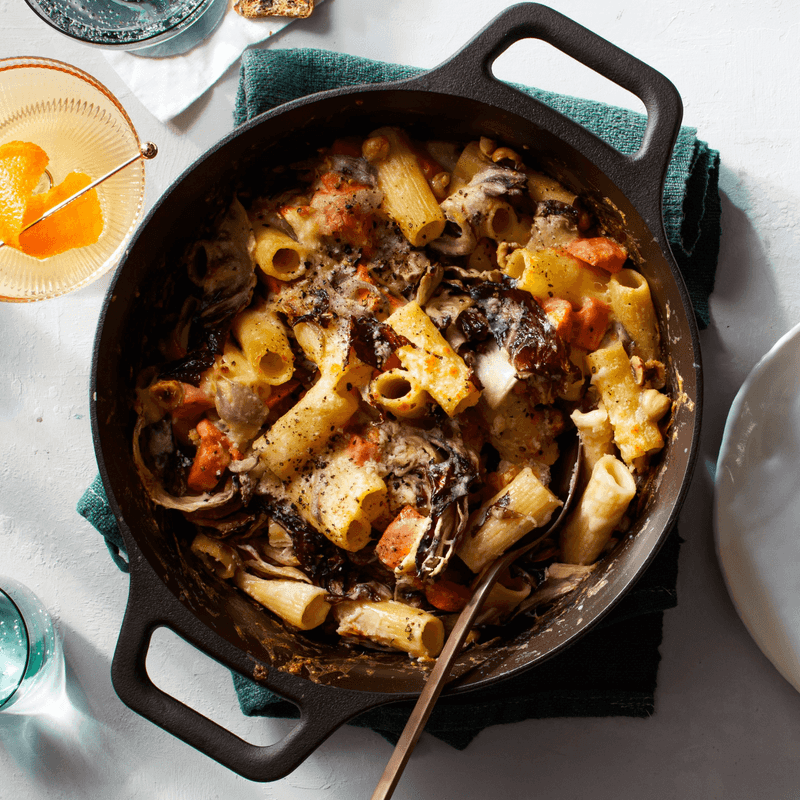
Cooking extremely moist foods like beans or stews in a newly seasoned cast iron pan can prevent proper seasoning development. The constant moisture keeps the temperature at the pan’s surface below the point needed for polymerization—the process that creates that perfect non-stick finish.
New cast iron needs exposure to heat and oil to develop its seasoning properly. Moisture-heavy foods essentially steam the surface rather than allowing the oils to bond with the metal.
For the first few months of your pan’s life, focus on foods that help build seasoning—bacon, cornbread, and other fatty foods cooked at medium-high heat. Save those long-simmering stews and braises for after your pan has developed a robust, well-established seasoning.
10. Strong-Smelling Fish Leaves Lasting Odors
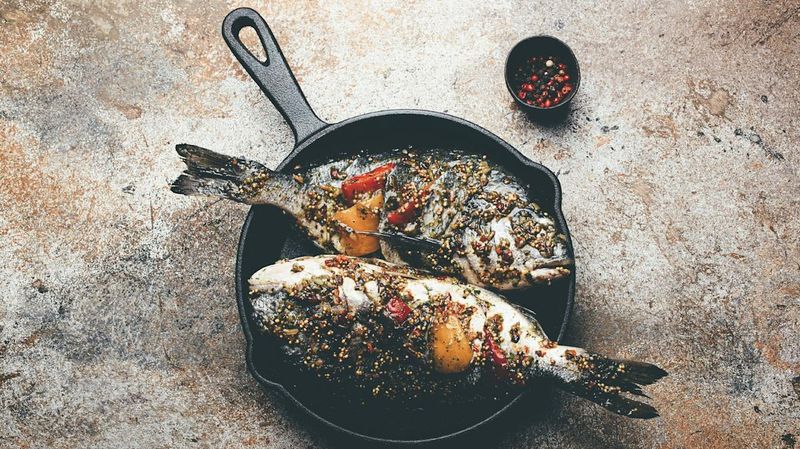
Cast iron’s porous nature makes it particularly susceptible to absorbing strong odors from pungent fish like salmon and mackerel. These persistent smells can transfer to other foods cooked in the pan later, giving your morning pancakes an unexpected fishy essence.
The problem lies in cast iron’s microscopic surface structure. Oils from strong-smelling fish penetrate deep into these tiny pores, where they’re difficult to remove completely with normal cleaning.
If you must cook aromatic fish in cast iron, consider designating a separate pan specifically for seafood. Otherwise, opt for stainless steel or carbon steel when preparing these powerful-smelling varieties to keep your regular cast iron fresh for more delicate flavors.
11. Fatty Burgers Cause Flare-Ups
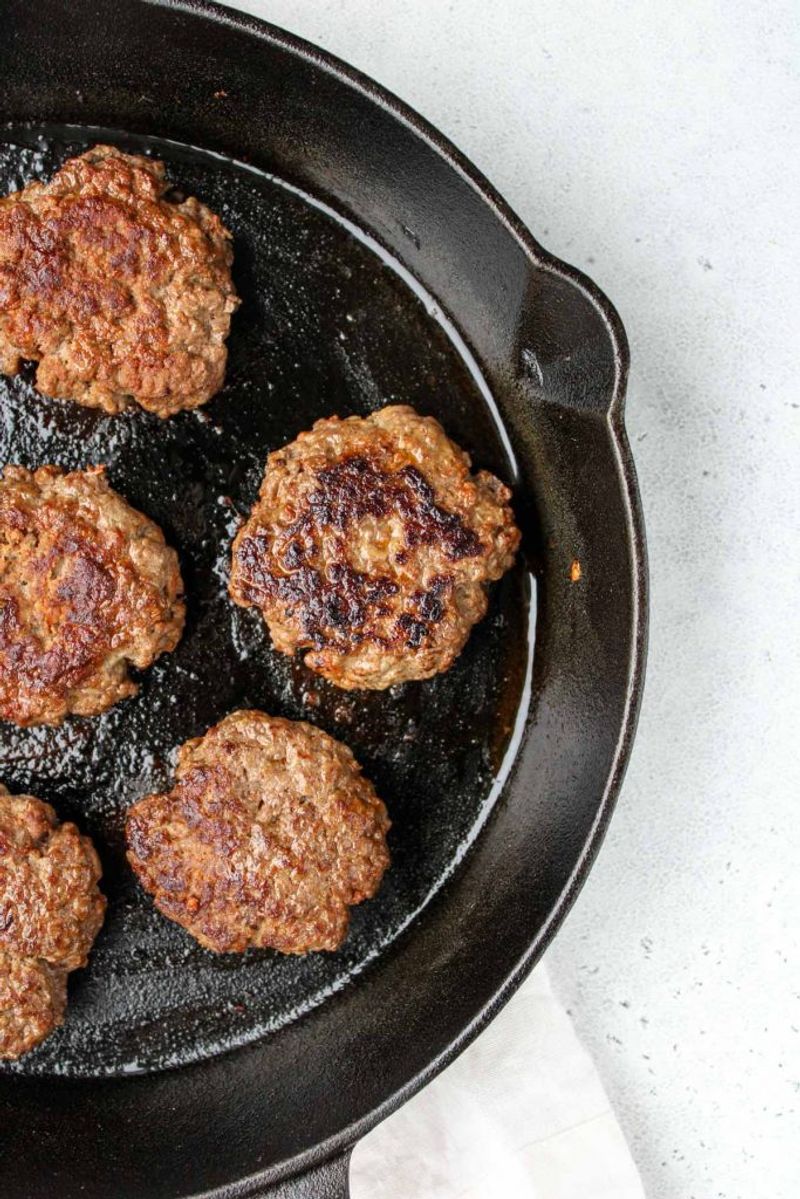
High-fat burger patties might seem perfect for cast iron, but they can actually create dangerous flare-ups and excessive smoke. As the fat renders out, it pools in the pan and quickly reaches its smoke point, filling your kitchen with haze and potentially igniting if you’re cooking over gas.
Cast iron’s excellent heat retention means that once fat starts smoking, it’s difficult to quickly reduce the temperature. The problem is especially pronounced with store-bought burgers that have higher fat percentages.
For fatty burgers, consider using a grill or a pan with higher sides to contain splatters. If you must use cast iron, choose leaner meat or drain excess fat frequently during cooking to prevent your smoke alarm from becoming part of the dinner soundtrack.
12. Omelets Demand Expert Technique
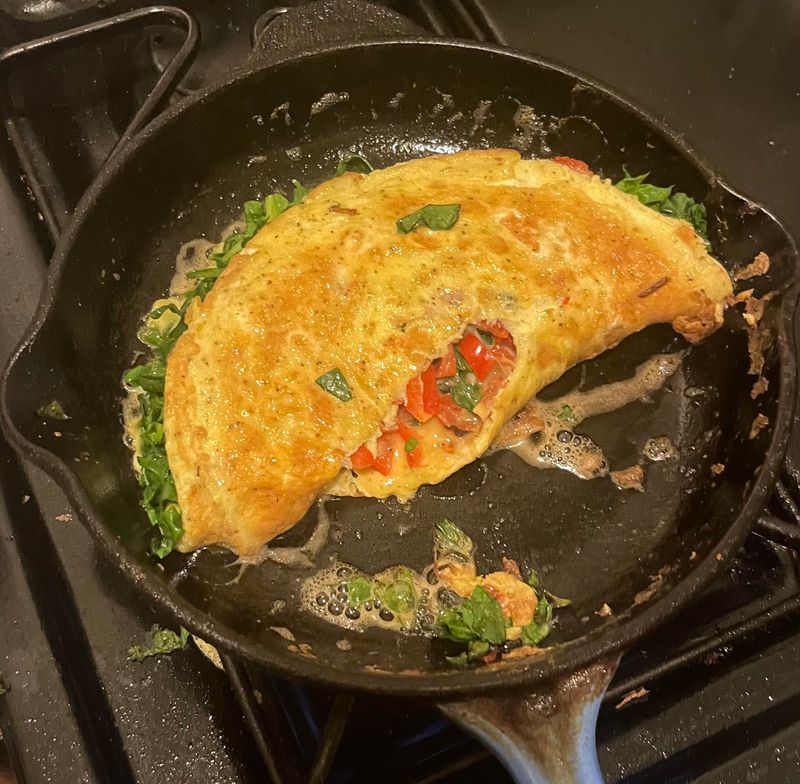
Creating that perfect French omelet requires a pan that allows for quick temperature adjustments and smooth rolling—two areas where cast iron falls short. The heavy material retains heat too well, often overcooking the bottom of your omelet before the top sets properly.
Even with excellent seasoning, the somewhat rough surface of most cast iron makes the delicate rolling technique challenging. Professional chefs typically reach for well-seasoned carbon steel or non-stick pans for their omelets.
If you’re determined to master omelets in cast iron, you’ll need exceptional temperature control and a perfectly smooth, well-seasoned surface. For most home cooks, it’s easier to save the cast iron for heartier breakfast fare and use a more forgiving pan for your delicate egg creations.
Leave a comment